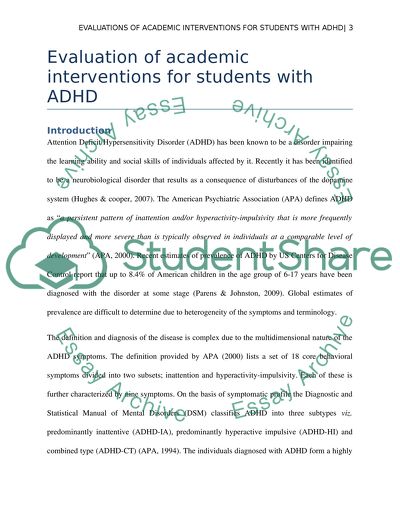Cite this document
(“Academic Interventions for Students with ADHD Essay”, n.d.)
Retrieved from https://studentshare.org/psychology/1438827-evaluating-the-efficacy-of-academic-interventions
Retrieved from https://studentshare.org/psychology/1438827-evaluating-the-efficacy-of-academic-interventions
(Academic Interventions for Students With ADHD Essay)
https://studentshare.org/psychology/1438827-evaluating-the-efficacy-of-academic-interventions.
https://studentshare.org/psychology/1438827-evaluating-the-efficacy-of-academic-interventions.
“Academic Interventions for Students With ADHD Essay”, n.d. https://studentshare.org/psychology/1438827-evaluating-the-efficacy-of-academic-interventions.


